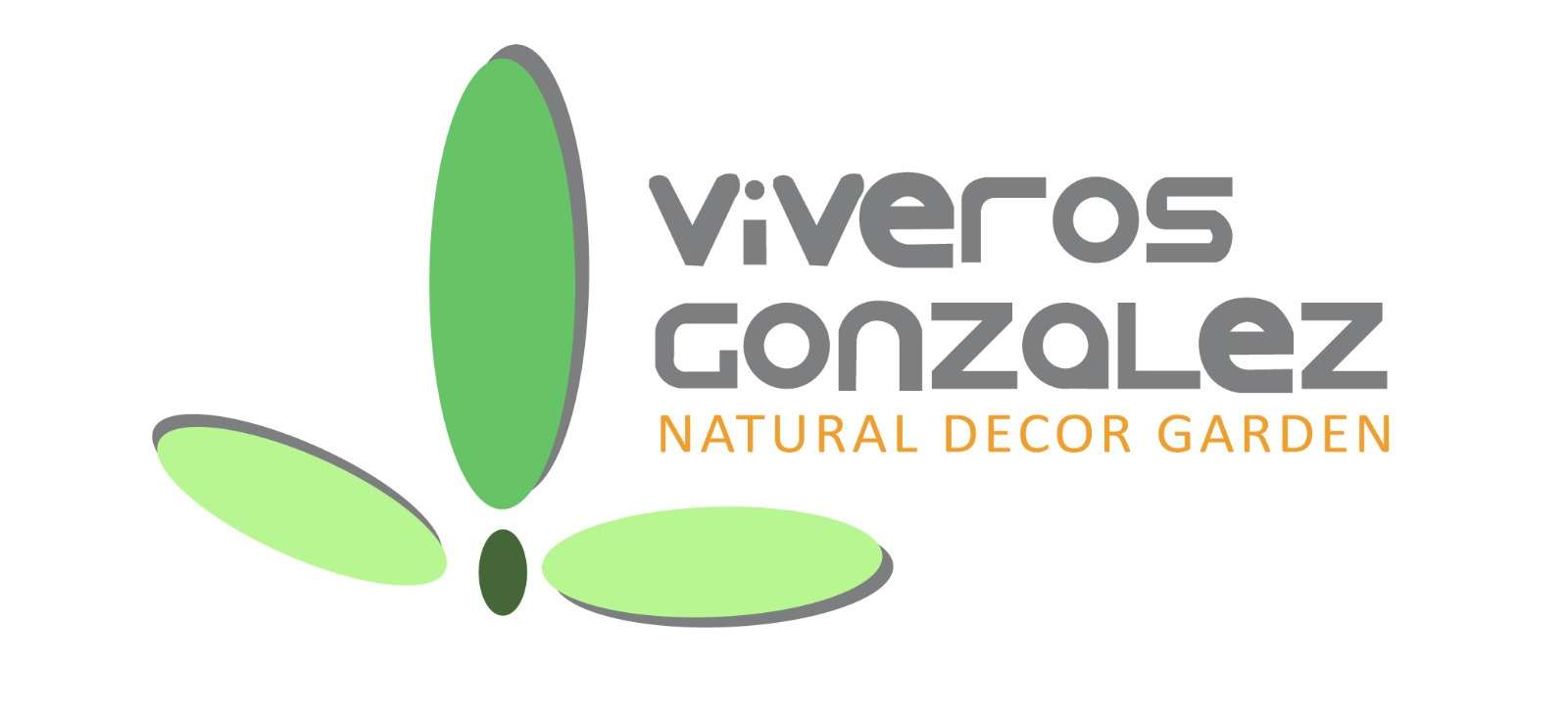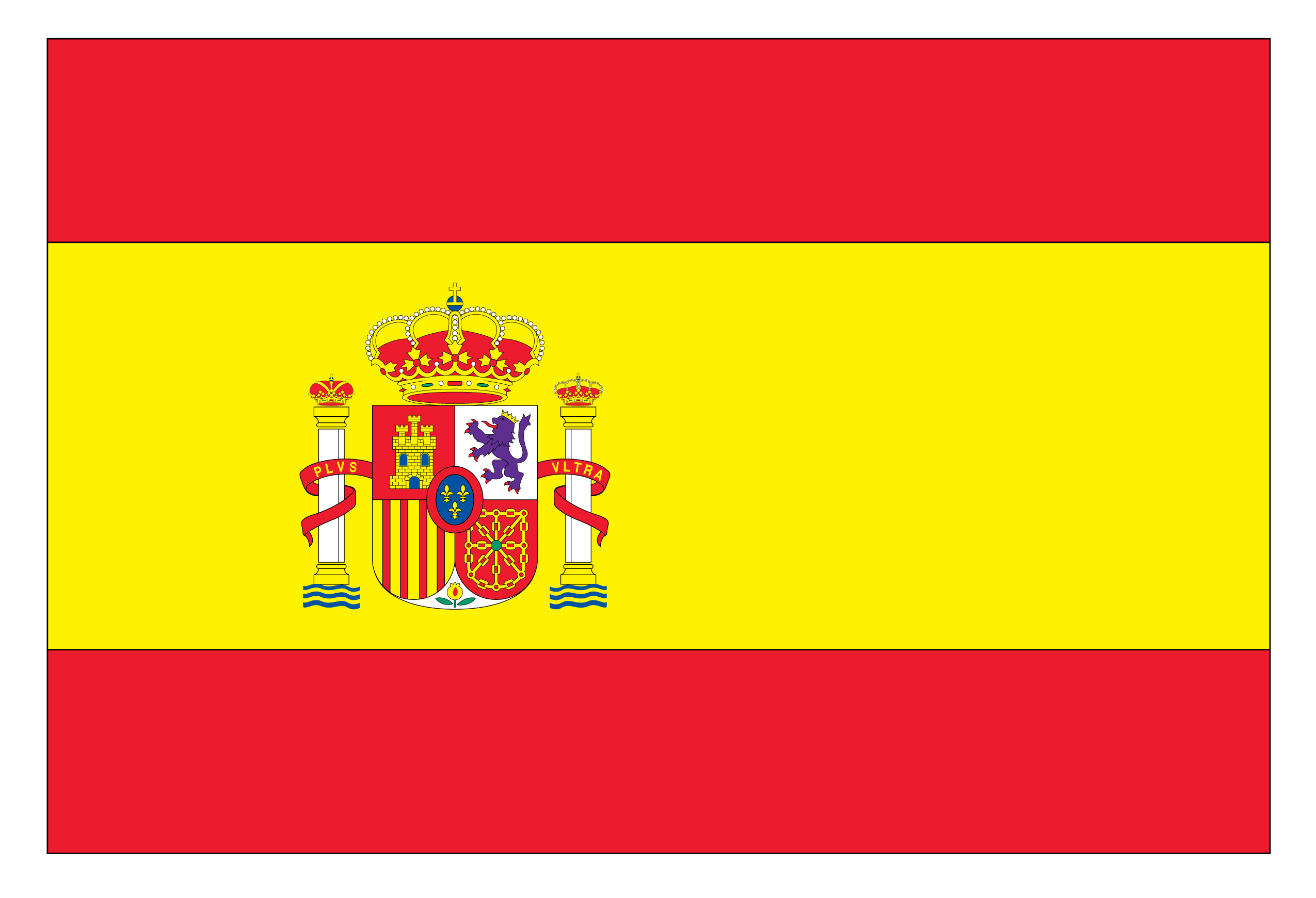.jpg)
Care Guide for Aspidistra (Aspidistra elatior)
-
Plant Spacing
- Recommended spacing: 30-40 cm between plants to allow healthy growth and avoid overcrowding.
-
Final Size
- Height: Grows between 50-70 cm, depending on the growing conditions.
- Width: Spreads to 50-60 cm, forming a compact and elegant plant.
-
Complementary Plants
- Compatible species: Ferns, Calatheas, and other shade-loving plants.
- Garden examples: Perfect for shaded gardens, indoor patios, or as a decorative potted plant.
- Integration ideas: Use as a focal plant in dark corners or as ground cover in shaded areas of the garden.
-
Recommended Soil
- Prefers well-draining soil rich in organic matter, with a slightly acidic to neutral pH (6.0-7.0).
-
Climate and Light Requirements
- Climate: Thrives in temperate to warm climates but cannot tolerate severe frost.
- Light: Ideal for shade or partial shade. Tolerates low light conditions, making it an excellent choice for indoors with indirect light.
-
Maintenance Frequency
- Low maintenance. A hardy plant requiring minimal watering and care.
-
Seasonal Interest
- Keeps its lush dark green foliage year-round. Some varieties produce small purple flowers near the base.
-
Recommended Uses
- Perfect for interiors, shaded gardens, borders, decorative pots, and protected patios.
-
Common Pests and Diseases
- Pests: May be affected by scale insects and spider mites in overly dry environments.
- Diseases: Prone to root rot in waterlogged soil.
-
Essential Care Tips
- Specific soil: Use well-drained soil enriched with organic matter.
- Pruning: Remove dry or damaged leaves to maintain a clean and healthy appearance.
- Fungicides/Insecticides: Treat with natural solutions like potassium soap if pests are present.
- Fertilization: Feed every 6-8 weeks during spring and summer with a mild indoor plant fertilizer.
- Protection: Avoid exposure to cold drafts and temperatures below 5°C. Keep watering moderate to prevent waterlogging.
.jpg)

 English
English Spanish
Spanish